Rubislaw Quarry has been put up for sale – years after the owner lost a high-profile battle against new homes on the edge of the Aberdeen landmark.
The quarry has gone on the market for the first time in more than a decade, though the asking price has not been made public.
In 2010, the hidden gem was acquired by former oil consultant Sandy Whyte and construction boss Hugh Black for a “significant sum”.
The owners’ ambitions for a world-class heritage centre commemorating the granite industry have never materialised.
Developers Carttera have, however, been given permission to build luxury flats along the edge of Europe’s largest man-made hole on a separate site owned by the property company.
It came despite Mr Black, and hundreds of locals, launching a furious campaign against the proposals.
Will the sale affect controversial flats plan?
The scheme was famous for being one of the “most unpopular” in the history of the city.
Despite the public outcry, the Scottish Government stepped in to overrule the council and rubber-stamp the loathed £70 million project.
Objectors even appealed to the then First Minister Nicola Sturgeon to back Aberdeen City Council, and dismiss the Scottish Government approval.
Co-owner Mr Black was among those left dismayed by the decision to give the proposal the go-ahead.
The sale should not have any impact on the housing development.
However, given Mr Black has sold the site, his dream of a museum celebrating the region’s granite heritage could be dead in the water.
Sale of Rubislaw Quarry a ‘once in a lifetime’ opportunity
FG Burnett has put the land up for sale, with the current owners remaining tight-lipped on the decision.
In a statement, on behalf of the proprietors, the firm thanked the “many companies” who supported Rubislaw Quarry over the years.
And they hailed its potential to contribute to the city’s future fortunes.
They added: “Rubislaw Quarry has played such an important part in the history of the Granite City and has so much potential to contribute to its future.
“Over the last 13 years, we have been encouraged in our efforts by the incredible public support we have received.”
Described as a “one of a kind” opportunity, a spokeswoman for FG Burnett said they were presenting potential buyers with an opportunity to become owners of a “historic landmark”.
What do you think should happen with Rubislaw Quarry? Let us know in our comments section below
The spokeswoman continued: “After its closure, the quarry has undergone a remarkable
transformation into a scenic water-filled expanse, teeming with vibrant natural wildlife.
“This rejuvenated setting has also served as a venue for various recreational water sports activities.”
Its rebirth as a watersports centre, in 2020, was short-lived, however.
What is Rubislaw Quarry?
Aberdeen was built from granite, and Rubislaw Quarry is largely where it came from.
It is estimated that over six million tonnes of granite were extracted from the quarry over a period of 200 years.
With buildings being increasingly built from cheaper materials, the last granite from Rubislaw was extracted in the early 1970s.
Interested parties can find contact details here.
Read more about the Carttera planning row here.
And learn about the far-fetched idea of putting an oil rig in the middle of the quarry in our list of ideas for Aberdeen that never quite made it to fruition:
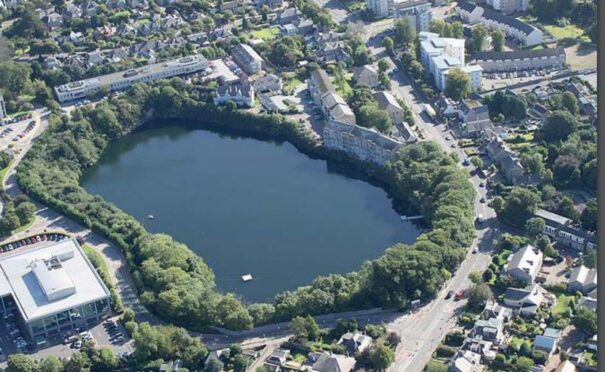
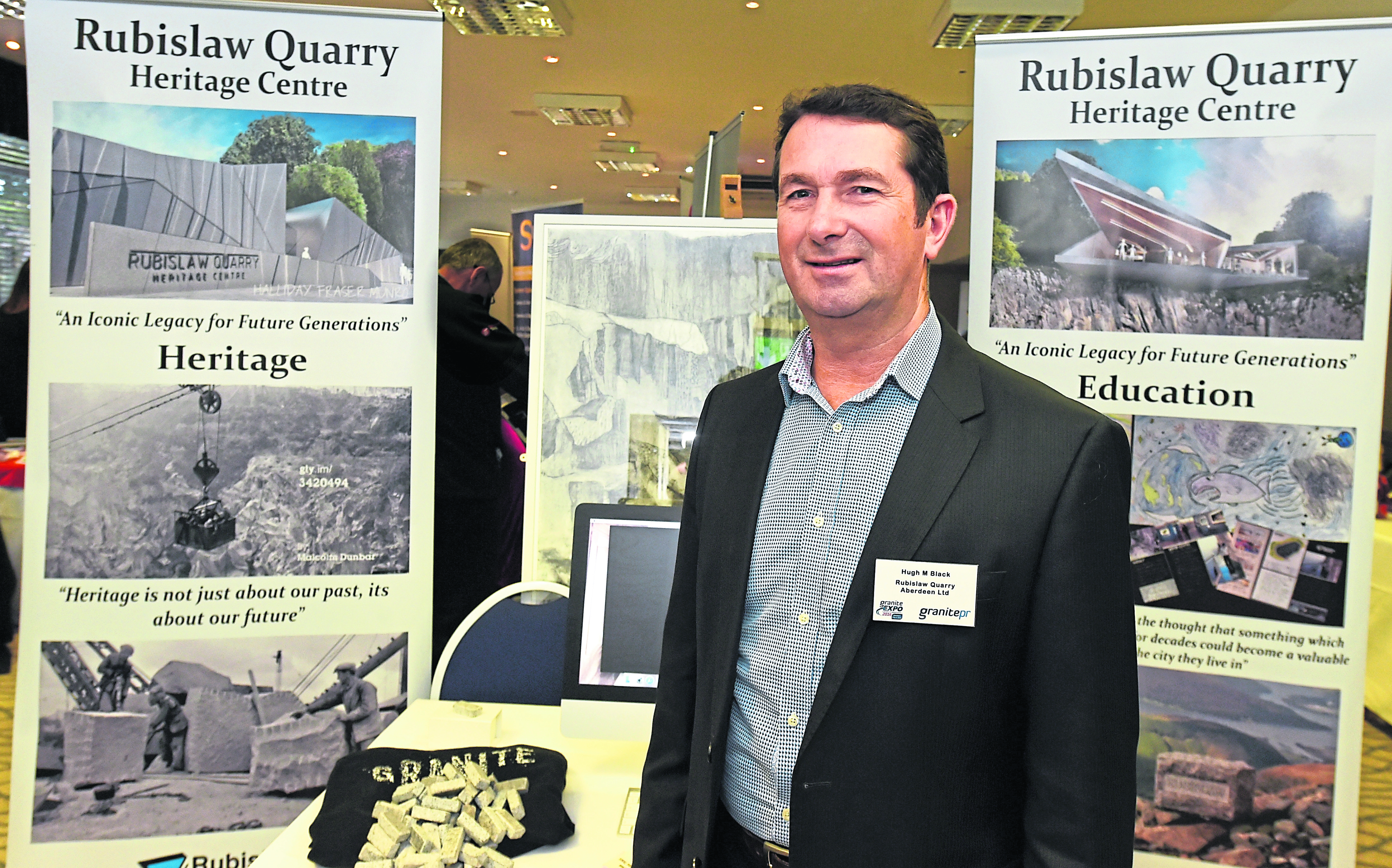
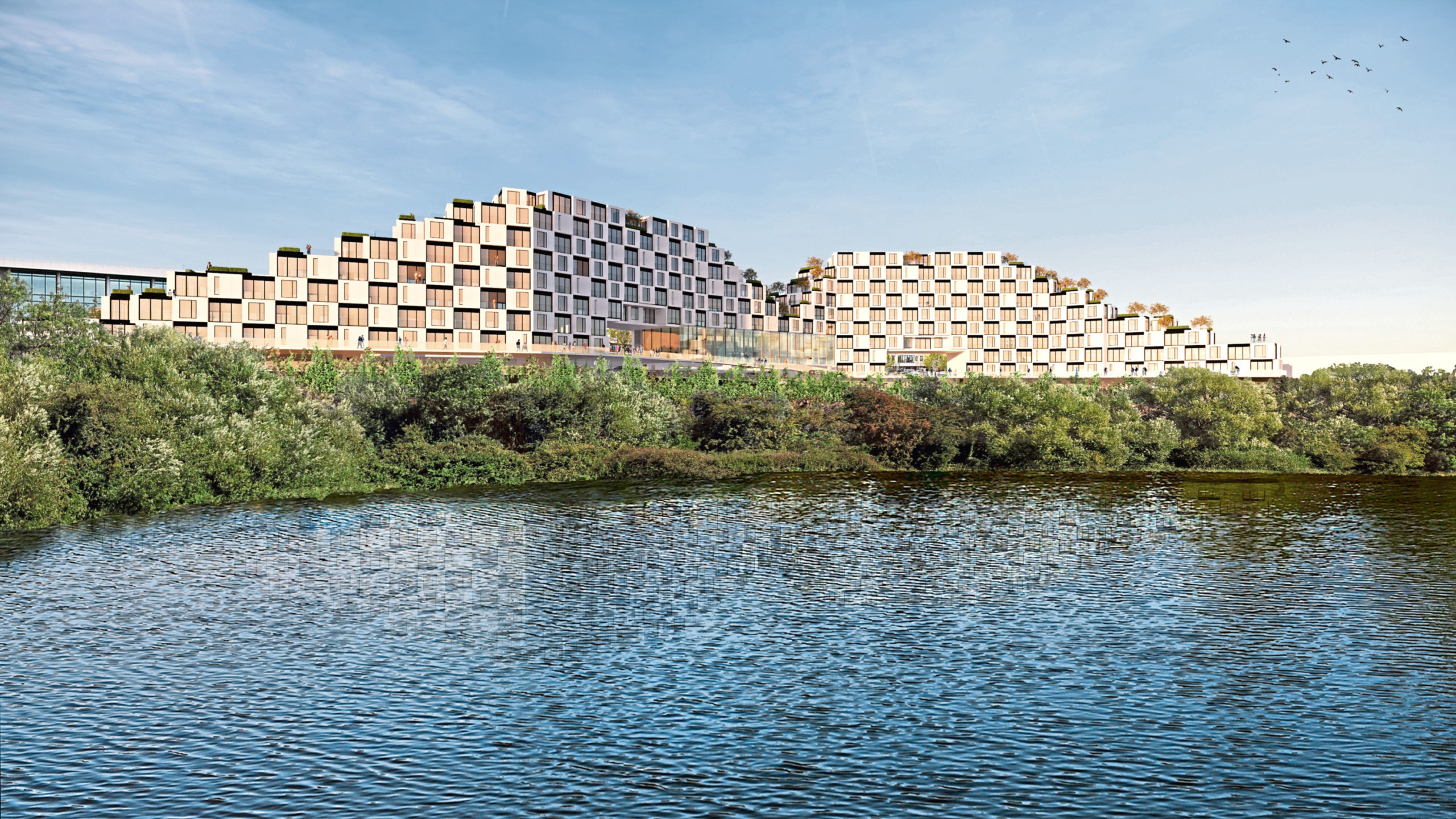
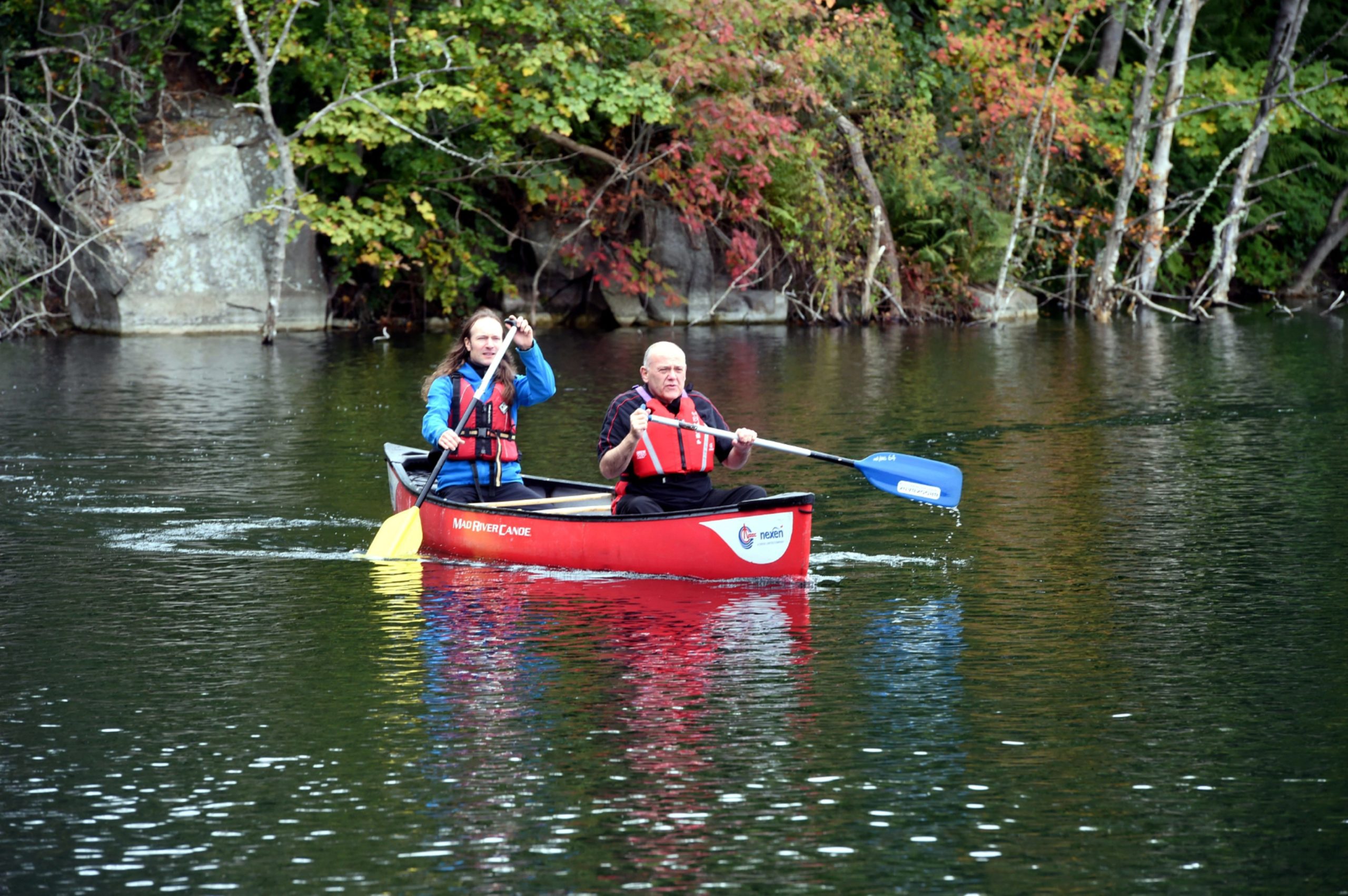
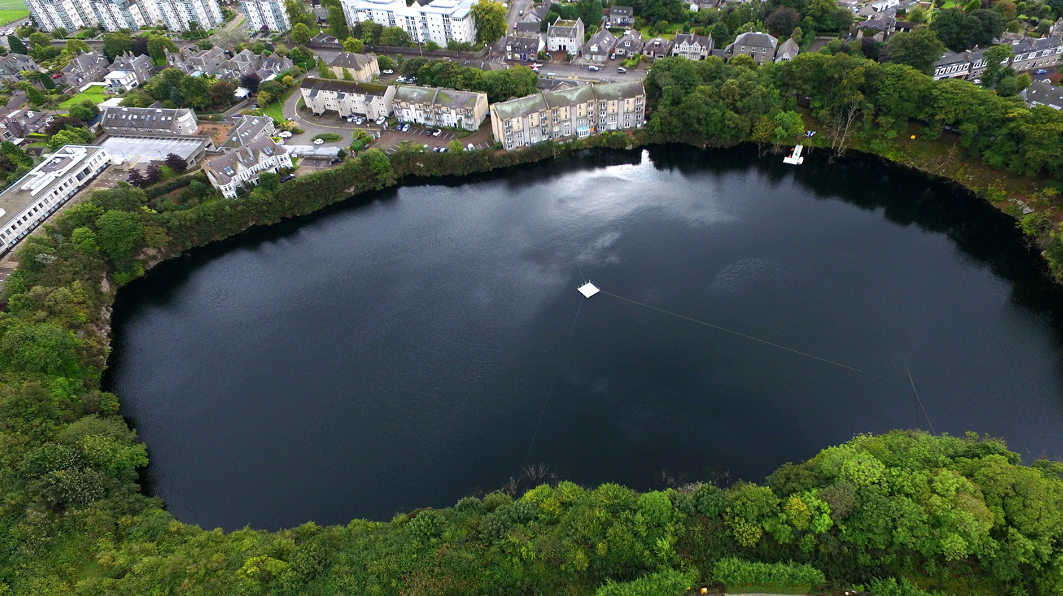
Conversation